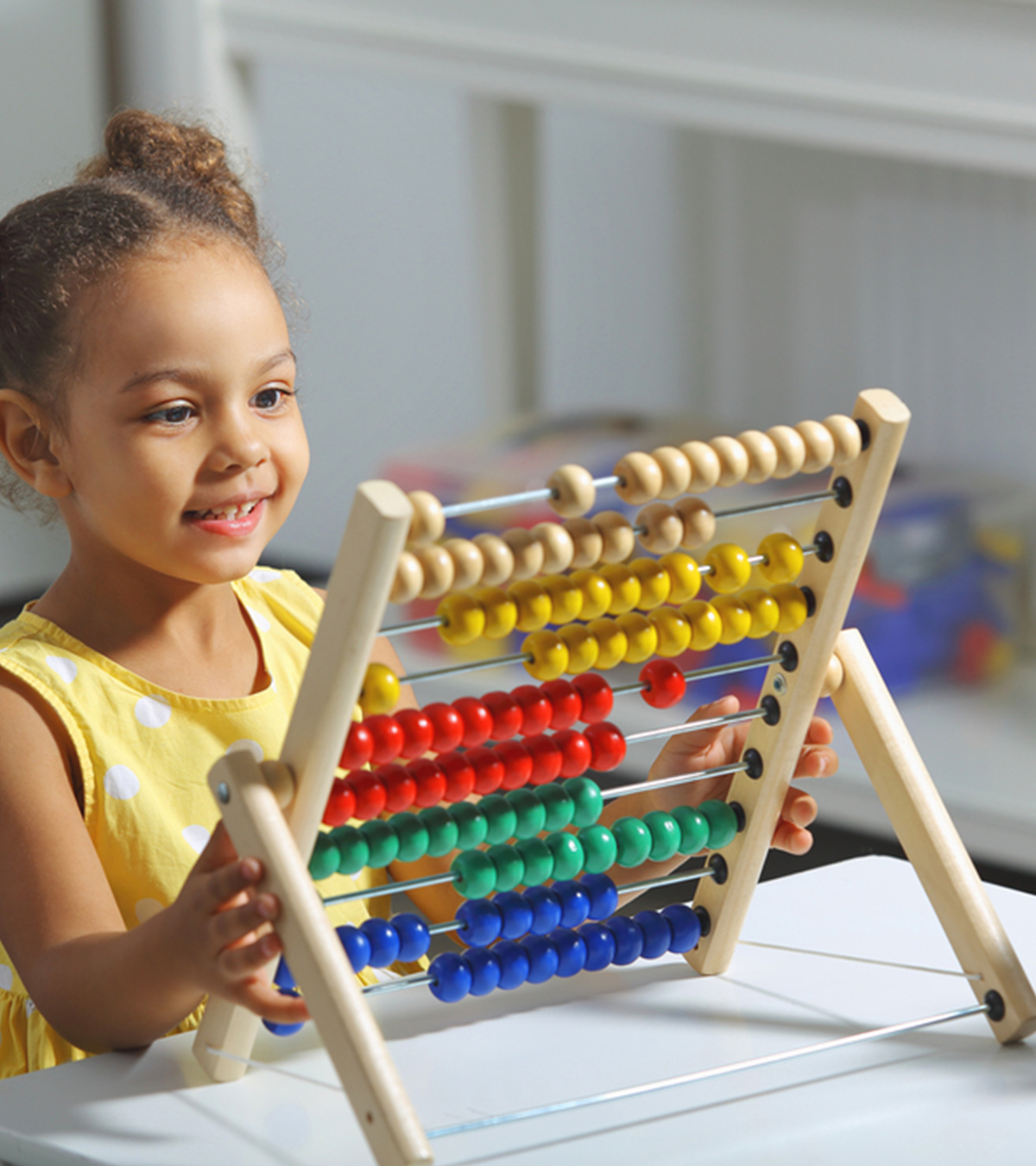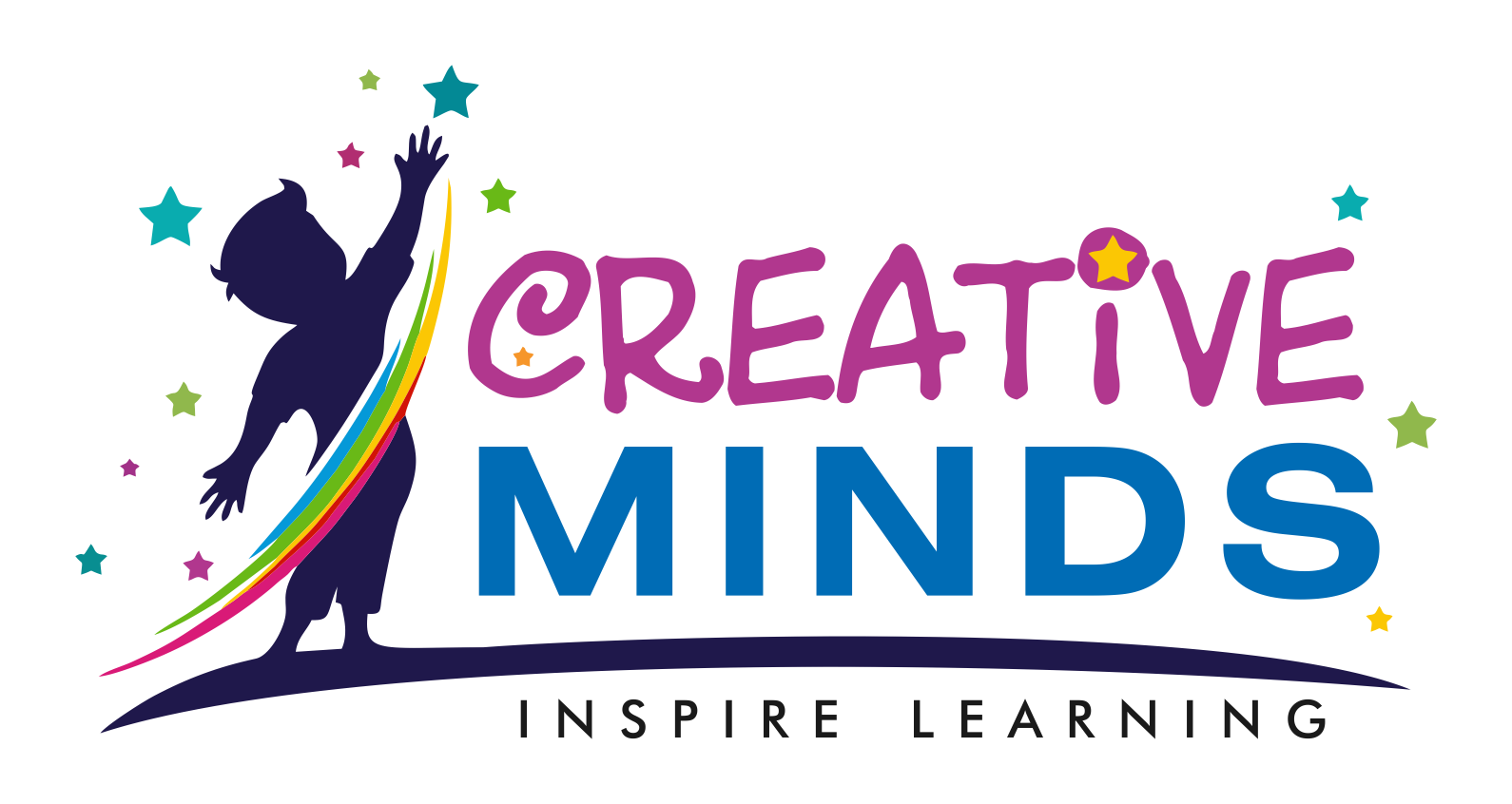Coaching Classes

How To Integrate Games In A Lesson?
Most parents of pupils and students who are encountering difficulties in schools do not think that the “have fun and learn more” angle would work at improving their children’s results.
Yet, the Playful Education approach to learning inspired by the Montessori method amongst others is meant to help out kids that struggles with the traditional, sometimes rigid, approach outlined by the Departement of Education.
These traditional methods are based on the apprenticeship of the collective knowledge, skills and culture curriculum with very ambitious programs and unified school rhythms.
Many struggling pupils get more and more behind in the competitive g education.
Help them:
- Pick up the subjects they might have fallen behind in
- Extend their general culture and discover other themes
- Offer flexible follow-up checks
- Stimulate their creativity
- Integrate their hobbies (music, sports, arts, TV, video games, …) in the education process
- Boost their confidence
- Relax and free them from the traditional curriculum stress
Any first-year children will learn the alphabet by singing or will learn how to count using sticks or toys.
When A-level exam time is around the corner, many students report anxie+ stress especially if they are already struggling.
Using playful games to learn simple 45% mathematics (additions, subtractions) using fruits, dice or cards, allows the child to develop mental representations of number and will reinforce his or hers numeral skills.
Using the Playful method can be a bit more complicated when you are dealing with anxious teens just about to take their A-levels.
Given the workloads that they may have, revising Maths, Sciences, Humanities, English and more, using games might appear ludicrous.
Here is a platform to find online tutoring jobs.

“Education is what remains after one has forgotten what one has learned in school.” ~ Albert Einstein
